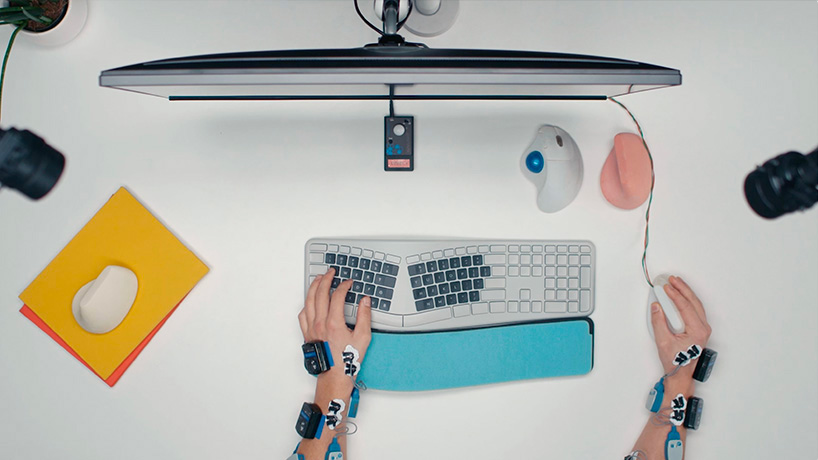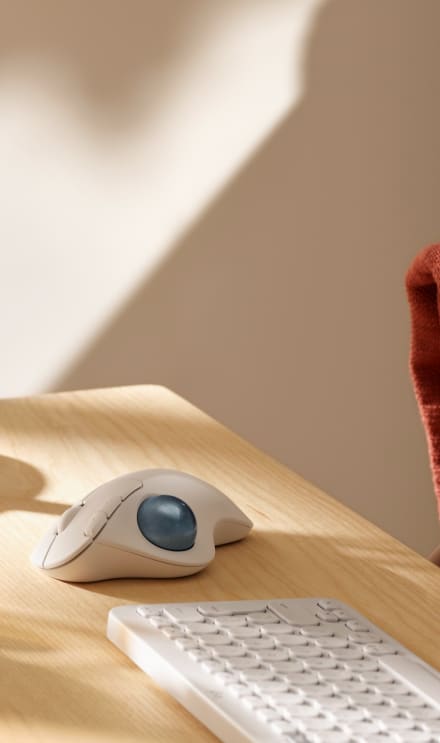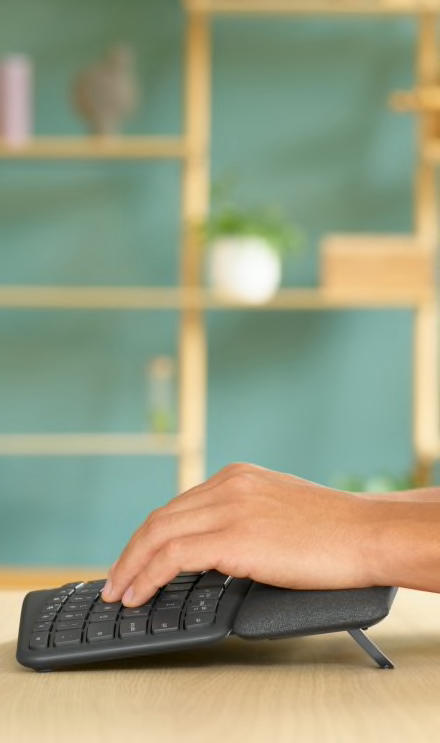THE LOGI ERGO LAB
LEARN, EXPLORE, MEASURE – REPEAT
The Logi Ergo Lab is a human-centered and science-driven approach to designing, developing, and reinventing tools that help people feel better at work. Based in Switzerland, a world-renowned technology and research hub, our cross-functional team relentlessly works on making the future of work more people-friendly through ergonomics.
|
NOT-FUN FACT 15% |
STAGE 1 WE UNDERSTAND THAT ANATOMY OF YOURSIt all starts with understanding the human body and all the ways work stresses, strains, and generally bends us out of shape. We study people of all genders, shapes, and statures to make sure we’re creating inclusive ergonomic solutions. 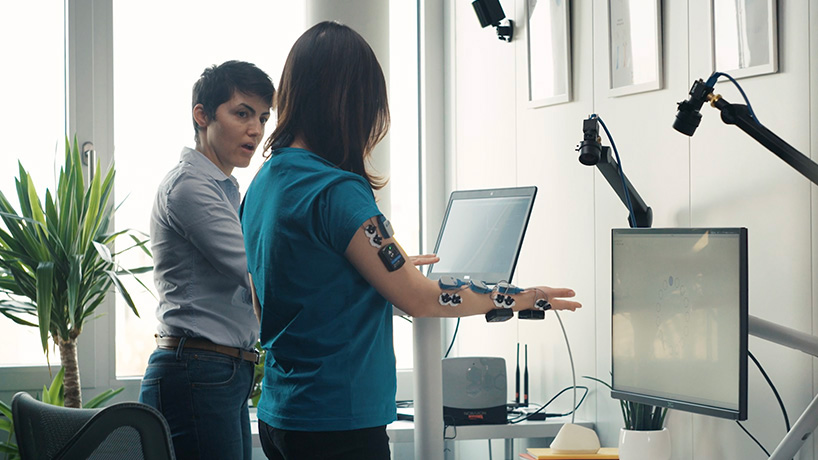
|
|
STAGE 1 WE UNDERSTAND THAT ANATOMY OF YOURSIt all starts with understanding the human body and all the ways work stresses, strains, and generally bends us out of shape. We study people of all genders, shapes, and statures to make sure we’re creating inclusive ergonomic solutions. 
NOT-FUN FACT 15% |
|
STAGE 1 WE UNDERSTAND THAT ANATOMY OF YOURSIt all starts with understanding the human body and all the ways work stresses, strains, and generally bends us out of shape. We study people of all genders, shapes, and statures to make sure we’re creating inclusive ergonomic solutions. 
NOT-FUN FACT 15% |
|
DID YOU KNOW? Dozens of prototypes are created for every Ergo Series product – and all our mice are first sculpted by hand, meaning our designs often take organic, natural forms. |
STAGE 2 OUR HUMANS DESIGN FOR OTHER HUMANSOnce we’ve got a hold on the anatomy at play, our design team gets to work crafting human-inspired forms – exploring the geometry that promotes comfort, and unearthing textures that feel soft to the touch. |
|
STAGE 2 OUR HUMANS DESIGN FOR OTHER HUMANSOnce we’ve got a hold on the anatomy at play, our design team gets to work crafting human-inspired forms – exploring the geometry that promotes comfort, and unearthing textures that feel soft to the touch. 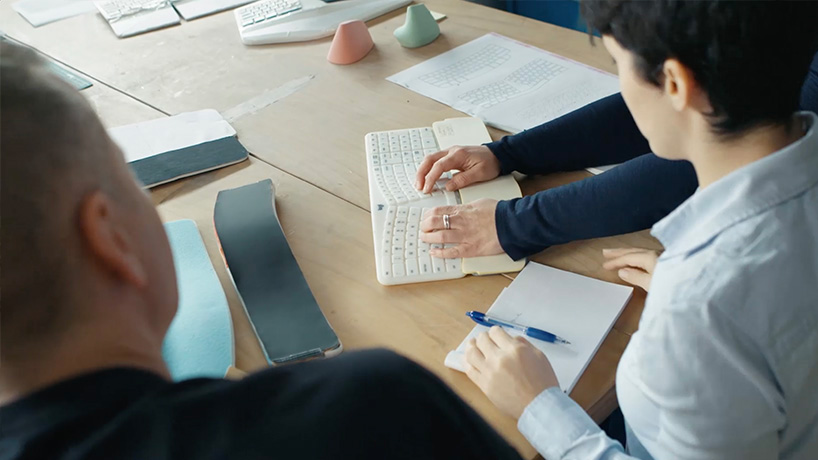
DID YOU KNOW? Dozens of prototypes are created for every Ergo Series product – and all our mice are first sculpted by hand, meaning our designs often take organic, natural forms. |
|
STAGE 2 OUR HUMANS DESIGN FOR OTHER HUMANSOnce we’ve got a hold on the anatomy at play, our design team gets to work crafting human-inspired forms – exploring the geometry that promotes comfort, and unearthing textures that feel soft to the touch. 
DID YOU KNOW? Dozens of prototypes are created for every Ergo Series product – and all our mice are first sculpted by hand, meaning our designs often take organic, natural forms. |
|
TYPES OF TESTING Muscle activity: we measure muscle contraction in the 6 key muscles used when mousing or typing. Body posture: we measure the relative position of different body segments - with sensors placed on key areas of the neck, arm, and hand. |
STAGE 3 WE BRING IN THE BRAINS FOR SOME TESTINGWe hook all types of people up to muscle, posture, and pressure sensors – and put them to work using different prototypes. Then we geek out on all the data, graphs, and charts collected before feeding it right back to the design team. 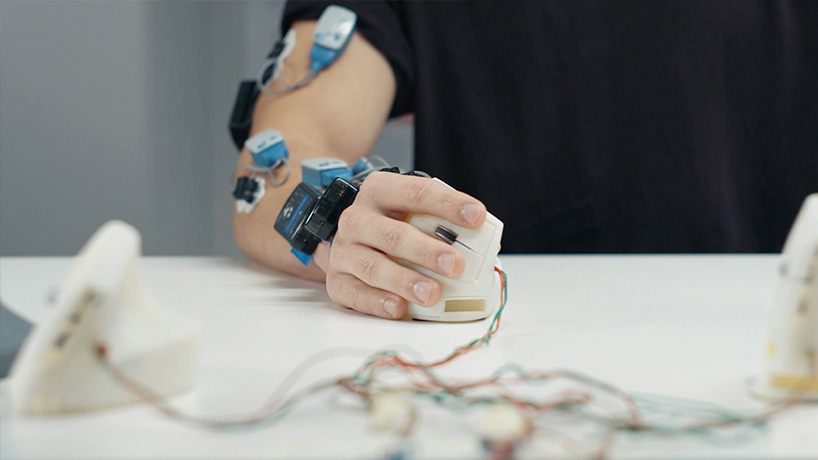
|
|
STAGE 3 WE BRING IN THE BRAINS FOR SOME TESTINGWe hook all types of people up to muscle, posture, and pressure sensors – and put them to work using different prototypes. Then we geek out on all the data, graphs, and charts collected before feeding it right back to the design team. 
TYPES OF TESTING Muscle activity: we measure muscle contraction in the 6 key muscles used when mousing or typing. Body posture: we measure the relative position of different body segments - with sensors placed on key areas of the neck, arm, and hand. |
|
STAGE 3 WE BRING IN THE BRAINS FOR SOME TESTINGWe hook all types of people up to muscle, posture, and pressure sensors – and put them to work using different prototypes. Then we geek out on all the data, graphs, and charts collected before feeding it right back to the design team. 
TYPES OF TESTING Muscle activity: we measure muscle contraction in the 6 key muscles used when mousing or typing. Body posture: we measure the relative position of different body segments - with sensors placed on key areas of the neck, arm, and hand. |
|
REAL TALK Heavy computer users perform 3 million and move their mouse up to 17 miles (27 km) |
STAGE 4 WE MEASURE PERFORMANCE BY THE PIXELWe fire up all of our fancy performance tests and make sure that while making people feel better we don’t compromise one pixel of performance. Nope - not one. |
|
STAGE 4 WE MEASURE PERFORMANCE BY THE PIXELWe fire up all of our fancy performance tests and make sure that while making people feel better we don’t compromise one pixel of performance. Nope - not one. REAL TALK Heavy computer users perform 3 million and move their mouse up to 17 miles (27 km) |
|
STAGE 4 WE MEASURE PERFORMANCE BY THE PIXELWe fire up all of our fancy performance tests and make sure that while making people feel better we don’t compromise one pixel of performance. Nope - not one. REAL TALK Heavy computer users perform 3 million and move their mouse up to 17 miles (27 km) |
THE ERGO SERIES BY LOGITECH
Logitech Ergo products and solutions are created with criteria set out by leading ergonomists — improving posture, lowering muscle strain, and increasing comfort.
